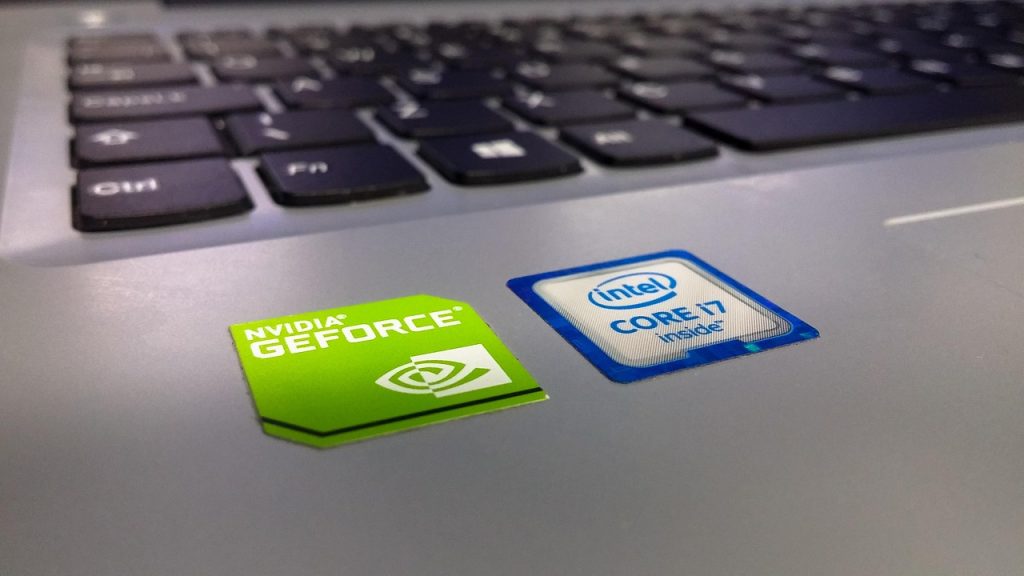Navigating Regulatory Challenges with a New Product Line
Nvidia has announced plans to release a cutting-edge artificial intelligence (AI) chipset tailored to the Chinese market, aiming to comply with stringent U.S. export controls. Leveraging its Blackwell-architecture, this new graphics processing unit (GPU) is expected to enter mass production in June, offering a more affordable alternative to the now-restricted H20 model. Priced between $6,500 and $8,000, the new GPU stands out for its compliance-driven design and reduced complexity.

Redefining Performance Within Constraints
The upcoming GPU will utilize Nvidia’s RTX Pro 6000D, a server-class processor engineered for China. Unlike its predecessor, the H20, this model incorporates GDDR7 memory technology, ensuring adherence to U.S. export limits. Additionally, it bypasses Taiwan Semiconductor Manufacturing Co.’s (TSMC) advanced Chip-on-Wafer-on-Substrate (CoWoS) technology. These modifications allow Nvidia to produce a high-performing chip that complies with international trade regulations while maintaining competitive pricing.
Shifting Strategies for Market Survival
This launch underscores Nvidia’s efforts to adapt to the evolving regulatory landscape. U.S. authorities have imposed restrictions aimed at curbing China’s technological advancements, compelling Nvidia to redesign its product offerings. “Until we secure U.S. government approval, our options in China’s $50 billion data center market remain limited,” said an Nvidia representative. By innovating within these constraints, Nvidia demonstrates resilience and commitment to one of its largest markets.
Eroding Market Share and Rising Competition
Despite its proactive approach, Nvidia’s market share in China has dropped significantly—from 95% in 2022 to approximately 50% today. This decline has been fueled by U.S. export curbs and the growing influence of local competitors like Huawei, whose Ascend 910B chip has gained momentum. Nvidia CEO Jensen Huang warned that prolonged restrictions could further accelerate this trend, driving more customers toward domestic alternatives.
Addressing the Fallout of the H20 Ban
Following the U.S. government’s ban on the H20 model in April, Nvidia initially explored creating a downgraded version. However, the limitations of the older Hopper architecture rendered this approach unfeasible. Transitioning to the Blackwell-architecture became the logical solution, enabling Nvidia to develop a compliant and market-ready GPU.
Features and Specifications of the New GPU
Although Nvidia has not confirmed the official name for the new chipset, industry analysts speculate it might be called the RTX Pro 6000D or the B40. Reports from GF Securities suggest the GPU’s memory bandwidth will be capped at 1.7 terabytes per second, aligning with U.S. export limits. While this is a reduction from the 4 terabytes per second offered by the H20, the new specifications are optimized for specific AI applications.
Expanding the Product Line
In addition to this launch, Nvidia is reportedly working on another Blackwell-architecture GPU for the Chinese market. Scheduled for production in September, this variant highlights Nvidia’s continued efforts to align its products with regulatory requirements while addressing diverse market demands.
Financial Impact of Export Restrictions
The ban on the H20 model has resulted in significant financial losses for Nvidia. The company reported a $5.5 billion inventory write-off and missed out on an estimated $15 billion in potential sales. Speaking on a recent podcast, CEO Huang outlined the strategic challenges posed by these restrictions, emphasizing the need for innovative solutions to maintain market presence.
Innovation Under Regulatory Pressure
New U.S. export restrictions have introduced stricter limits on GPU memory bandwidth—a critical metric for AI workloads requiring extensive data processing. Analysts estimate the regulations cap memory bandwidth at 1.7-1.8 terabytes per second. Nvidia’s adoption of GDDR7 memory technology ensures compliance while delivering competitive performance for targeted applications.
Huawei Emerges as a Formidable Competitor
As Nvidia adapts to regulatory constraints, Huawei has strengthened its position in China’s AI chip market. The Ascend 910B chip, unaffected by U.S. restrictions, has become a preferred choice for many Chinese buyers. CEO Huang expressed concerns that extended export curbs could further bolster Huawei’s market share, challenging Nvidia’s dominance.
Strategic Adaptation for Long-Term Success
Despite these challenges, Nvidia remains committed to innovation and market adaptation. The launch of the Blackwell-architecture GPU exemplifies the company’s ability to balance compliance with competitive performance. By leveraging its expertise in AI and graphics processing, Nvidia aims to sustain its influence in China’s lucrative data center market.
Conclusion: Resilience Through Innovation
Nvidia’s introduction of a cost-effective AI chipset tailored for China highlights the company’s strategic agility. By designing products that align with regulatory requirements, Nvidia is poised to navigate the complexities of international trade while maintaining a presence in critical markets. As the June launch approaches, Nvidia’s focus on compliance and innovation reaffirms its commitment to staying ahead in the competitive global tech landscape.